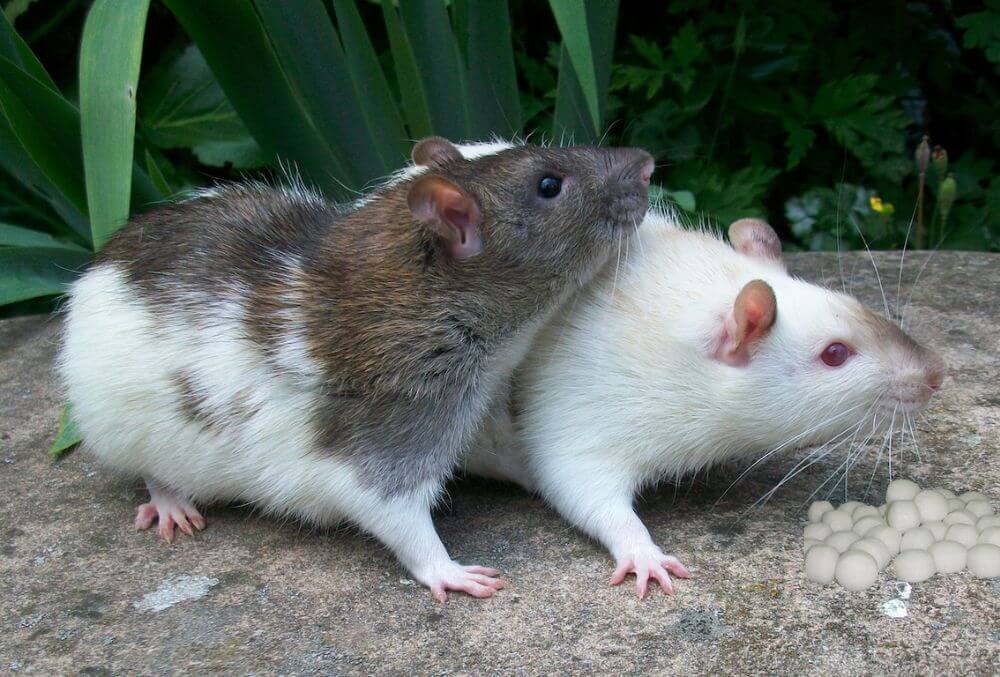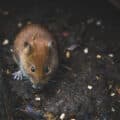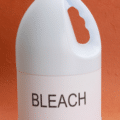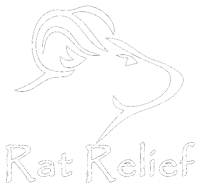Table of Contents
Most people will do anything to keep rats away from their gardens and homes. In this sense, many think mothballs can play a significant role as they can repel other creatures like cats. However, while they work as an effective repellent for cats, they may not be effective against rats.

Inhaling mothball fumes may not affect a rat, but if it ingests it, it’s toxic. That said, it’s important to note that it is illegal to use mothballs for other purposes except for that which it was made.
What Are Mothballs?
Mothballs are a form of insecticide that releases gas to constrain various insects and their larvae. Many also believe they can be used to repel rodents.
Mothballs may come in different forms, like mothball flakes, cakes, flour, scales, and blocks.
They contain either naphthalene, camphor, or paradichlorobenzene (PDB). PDB may be less harmful to a rat but toxic to other animals. Naphthalene is used for old-fashioned mothballs but is highly flammable and poisonous, and it is twice as toxic as PDB. These compounds can be inhaled with few consequences but accidentally or unwittingly ingested by house pets and leave side effects such as vomiting, diarrhea, and organ damage.
Are Mothballs Dangerous to Rats?
Mothballs are dangerous to cats and other animals. However, rats tend to avoid mothballs altogether. Rats are very smart creatures and can sniff a mothball from far away. They may choose to go in another direction when they do.
When mothballs are exposed to air, they emit a fume that can be toxic. However, a rat is not likely to be poisoned just by breathing in the fumes. Mothballs contain naphthalene, but not enough to harm a rat.
Types of Mothballs
PDB and naphthalene contain toxic fumes that can irritate the nose, lungs, and skin. If a pet is exposed to these fumes, it may experience a runny nose, swollen eyes, and sneezing, like an allergic reaction.
Both compounds have different toxic effects on cats and other household pets. Firstly, naphthalene affects the stomach tract causing loss of appetite and vomiting. Next, it damages the red blood cells to cause anemia, nausea, and seizures. As a result of complications, liver injury, general organ damage, and cataracts may occur.
Kidney damage includes increased or decreased drinking, foul breath, and reduced appetite. Additionally, liver damage symptoms are dark-colored stool and yellow discoloration of the eyes or skin.
As mentioned earlier, if a rat comes in contact with PDB, it may not cause significant damage. At best, the rat may take off in another direction. It is better to use PDB as it is less harmful to animals and the environment.
Mothball Toxicity
Mothball toxicity typically shows itself within minutes to hours after ingestion or contact. The severity of poisoning depends on the number of mothballs your pet ingests or contacts. Mothballs are toxic because they contain high concentrations of insect repellent.
Naphthalene, though not frequently used, can be dangerous and fatal to pets. Ingesting or inhaling naphthalene can leave a pet with the following symptoms:
- Drowsiness
- Vomiting
- Pale or brown gums
- Lethargy/Weakness
- Walking off balance
- Liver damage
- Kidney damage
- Brain swelling
- Death
On the other hand, many consider PDB to be the less toxic option. Some symptoms of PBD poisoning include:
- Drowsiness
- Fatigue
- Stomach pain
- Diarrhea
- Lack of appetite
- Seizures.
Use of Mothballs to Repel Rats
Using mothballs to repel rats may risk other pets and even humans. Many do not advise using mothballs around the house or in the garden. Even when they dissolve, the fumes remain in the soil, which may harm you. They can also contaminate groundwater and could ultimately destroy the plants in your garden.
The EPA highly regulates Mothballs, and using them as a mouse repellent is illegal.
Mothballs should be kept in an airtight bag or container. Other pets and little children may mistake it for food and ingest it.
Do Moth Balls Deter Rats?
Rats may hate mothballs because of the repelling smell of their fumes. While one may use them to repel insects from their clothes and bedding, they can also keep away other pets. Also, while rats do not like the smell of mothballs, they are curious creatures. It is unlikely that a rat or dog would ingest a mothball. Other pets, like cats, are more sensitive to their toxicity.
However, if you have pets, you can keep mothballs in a tight jar. If stored properly, they should pose no harm to your pets.
Safer Alternatives to Repel Rats
Instead of mothballs in your home that may cause health issues, other methods exist to repel rats.
Soaking Cotton Wool in Essential Oils
This is a simple DIY method to repel rats. Soak balls of cotton wool in peppermint oil and place them around the house. Peppermint plants in pots around the house also help to repel rats.
Electronic Repellent
The latest introduction, an electronic repellent, works by emitting a loud sound that only a rat can hear. When the rat hears that sound, it runs in the opposite direction, thus warding the rat away from your property.
Rat Traps
Rat traps are a simple but effective way to keep rats away. Snap traps, glue boards, and catch-and-release traps are the various types of mousetraps.
Keeping a Neat and Clean Environment
Making your house unfit for rats is perhaps the best way to repel rats. You can do this by deck uttering, storing food properly, and keeping trash cans neat and covered. When rats do not have a food supply, they quickly move on to another location.
Pest Control
Pest control is ultimately the most effective way to keep the rats away. Hiring professional help when dealing with a rat problem is the right move.
Final Thoughts
Mothballs work efficiently to keep insects from your clothes, but not on rats. However, they can be toxic to other pets. In addition, they can also be dangerous to humans, your garden, and the environment. The Environmental Protection Agency regulates mothballs’ use for any reason other than to repel insects. Rats may hate mothballs because of the offensive fumes they release, but these fumes are hardly dangerous to them. When using mothballs, follow label instructions, and don’t let mothballs loose around the home or garden. If you have a rat problem, contact pest control for professional help.





